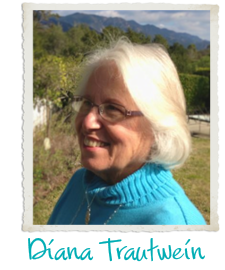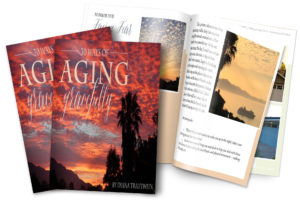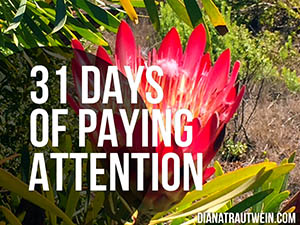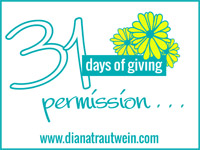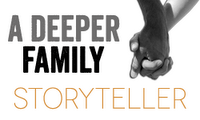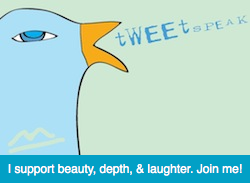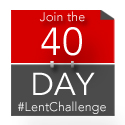Skies varied from blue to hazy to deep clouds.
of the Old Mission of Santa Barbara,
“Forgiveness: a Time to Love and a Time to Hate.”
All of it was challenging, thought-provoking, convicting, enlarging.
of reflecting theologically on these two very different resources;
I was powerfully reminded today
of how probing and life-changing such reflection can be.
There’s a book about this process and it’s called –
surprise! – “The Art of Theological Reflection,” by Killan & de Beer.
It outlines a methodology for integrating faith and life
by reflecting on an event or experience in these basic ways:
1. Writing a brief, 5 sentence narrative paragraph about something you have read/seen/experienced (we did it about the documentary film; you could do it about anything happening in your life – a movie you’ve seen, a book you’ve read, a conversation you’ve had).
2. Reading what you have written and identifying the primary emotions elicited. Sit with the feelings until they become visceral.
3. Move next to visual images and brainstorm a list of the first pictures that come to mind.
4. Choose one image that best captures the feelings and explore this image by asking these questions, slowly and reflectively:
d. Continue to look at the image in your mind’s eye and ask: what are the possibilities for healing or renewal, either actual or implied? Now, re-read everything you’ve written to this point.
You are now ready for the second set of reflections. This first set was deeply personal – finding an image out of your experience that resonates and touches your own psyche.
In this next section, you are asked to connect with something within the Christian tradition – scripture/liturgy/theological study you may have done. (We did it with the work of de Chardin).
Now, return to the image and allow it to be very present to you. Again, prayerfully brainstorm – this time generating a list of ideas from scripture or tradition that come immediately to mind.
Choose ONE idea from your list to sit with for the same kind of reflection questions you worked through with the image originally:
1. How is God present and calling?
2. Try to ‘get inside’ of the idea you’ve chosen from the tradition and reflect on what life is like there. Jot down what comes to mind.
3. Gaze at your mental image of this idea/verse/picture and ask if there is anything broken or sorrowing there.
4. Finally, ask what the possibilities for healing and renewal might be.
NOW – invite a conversation between the image you selected in the first part of this exercise and the piece of the tradition you have chosen in the second part.
Tension
Re-read everything you’ve written and try to respond to these questions:
1. What emerges for you in the conversation between the image and the piece from the tradition?
2. What insights do you find?
3. What questions are raised for you?
4. Does anything from this conversation shed new light on the narrative you wrote out at the very beginning of this process?
This takes time – but Oh!, the rewards are so rich! I am indebted to Father Steve Coffey for his excellent synthesis of both de Chardin and the Theological Reflection process.This is something I want to do more faithfully, to invite reflection, deep reflection, on the intersections of what I believe with what I experience in the dailyness of life.
It is fascinating to go back and read your original narrative – the writing that spurs the entire process – and see where you end up in the final conversation between personal and traditional images.
Without going into any great detail or discussion on the pros and cons of either the film we viewed or the theology we discussed, I will just say that I began to weep quietly with the first set of reflection questions (which were read aloud to us while we worked individually and quietly – it took about 45 minutes to do it all).
My original narrative had nothing to do with my mom, but the images that came to me centered on her.
And the image from de Chardin’s theology?
expansive view of the Risen Christ as the ground,
meaning and end of all creation.
enclosed by the pulsing heart of a loving Savior –
well, it just finished me.




























